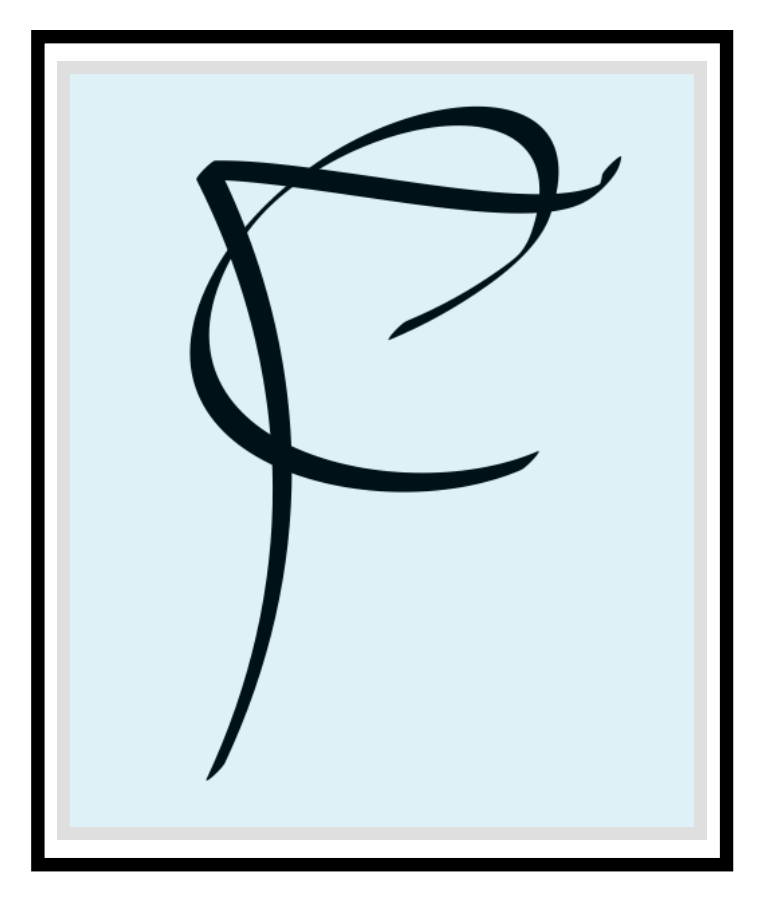Symptoms
Signs of varicose veins include:
• Veins that are dark purple or blue
• Veins that appear twisted and bulging.




Signs of painful varicose veins include:
• An achy and heavy feeling in the legs
• Burning, throbbing, muscle cramping and swelling in the legs
• Worsened pain after sitting or standing for a long time
• Itching around the inflamed veins
• Redness in skin color around a vein that looks like infection.
Causes
Damaged valves can lead to varicose veins. Veins return blood from the rest of the body to the heart. To return blood to heart, the veins in the legs must work against gravity. When muscles in the legs move, they squeeze tight and act like a pump, pushing the blood up to the heart.
Tiny valves in the veins open as blood flows toward the heart, then close to stop blood from going backward. If these valves are weak or damaged, blood can flow backward and pool in the veins, causing the veins to stretch or twist.
Who gets varicose veins
• Age. Aging of veins from wear and tear of the valves in the veins that help control blood flow can lead to leaks.
• Sex. Women are more likely to develop the varicose veins. Hormone changes before a menstrual period or during pregnancy or menopause might be a factor because female hormones tend to relax vein walls. Hormone treatments, such as birth control pills, might increase the risk of varicose veins which can increase risk of blood clots in the legs.
• Pregnancy. During pregnancy, the blood volume in a woman’s body goes up. This change supports the growing baby but can also enlarge the veins in the legs.
• Family history. If other family members have varicose veins, chances are that it will be inherited.
• Obesity. Being overweight puts added pressure on veins which can cause the valves to fail.
• Standing or sitting for long periods of time. Movement and wearing recovery compression socks footculture.com helps blood flow.
Complications
Complications of varicose veins, although include:
• Blood clots. Veins deep within the legs can get enlarged and might cause leg pain and swelling. This can be be a sign of a blood clot.
• Bleeding. Occasionally, veins close to the skin burst.

Prevention
Improving blood flow and muscle tone from exercises might reduce the risk of developing varicose veins.
• Wearing compression recovery socks. Footculture.com
• Avoid sitting for long periods of time
• Eating a high-fiber, low-salt diet
• Raising your legs when sitting or lying down
• Exercising regularly even if it’s just stretching
• Watching your weight
